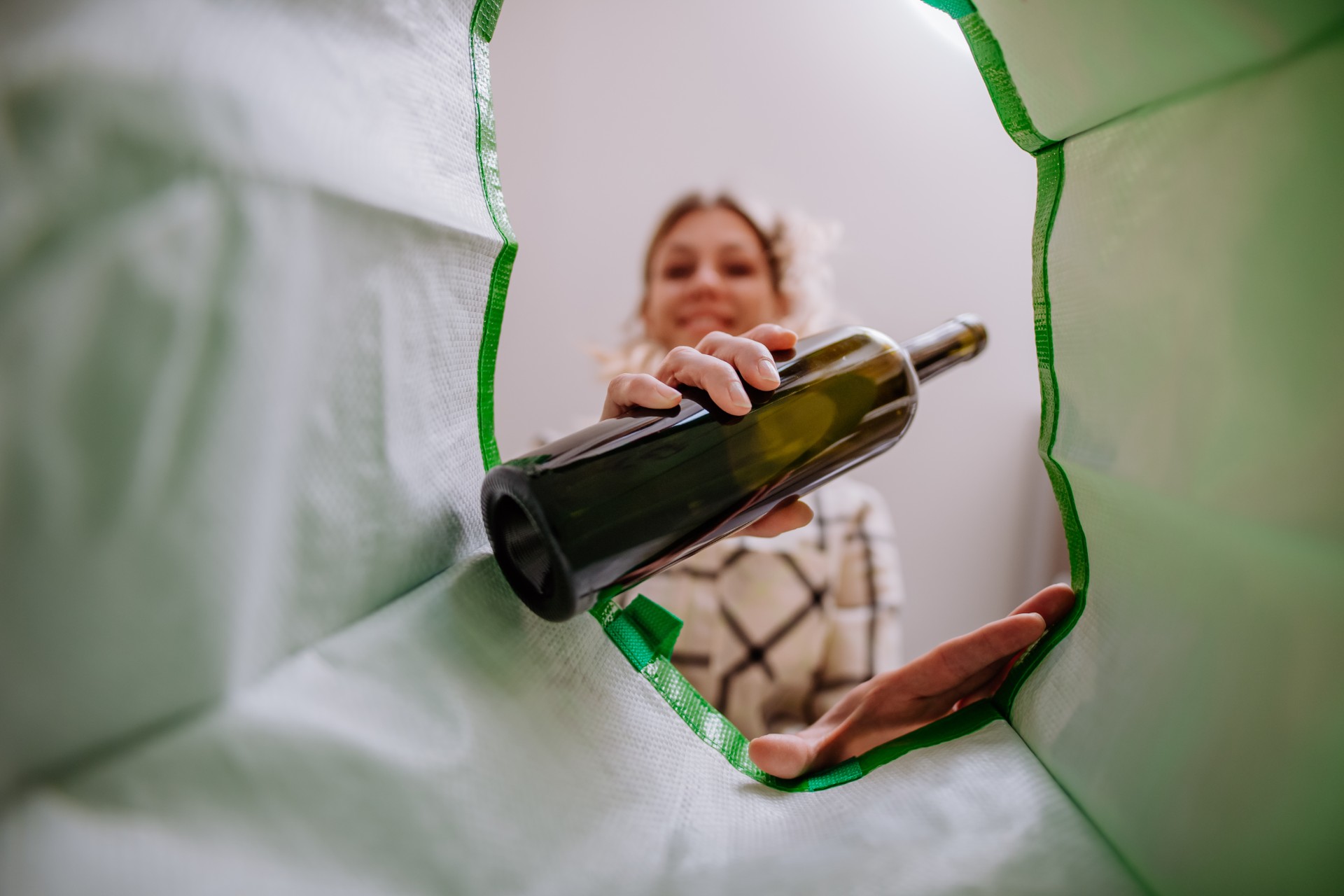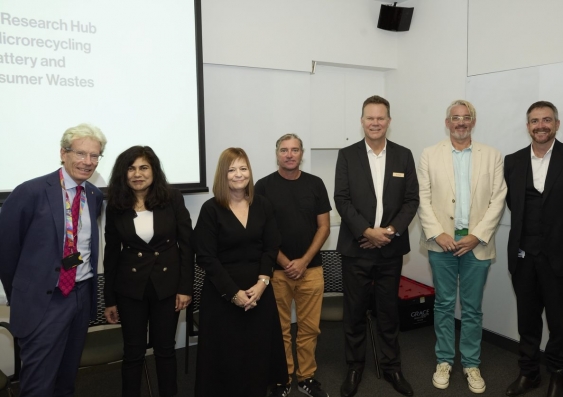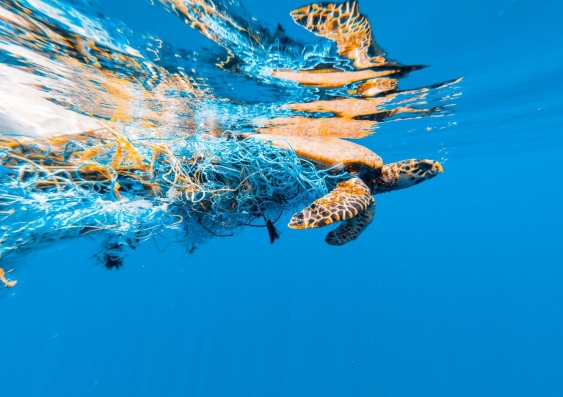From trash to treasure: recycling facility launched to give e-waste a new life
2025-03-24T11:45:00+11:00

Renew IT CEO James Lancaster and Professor Veena Sahajwalla, who sits atop a printer that's destined to be recycled into plastic filament.
Photo: UNSW
There’s a new solution for Australia’s growing e-waste problem, with the opening of the UNSW-designed Plastics Filament MICROfactorie in Sydney.
Australia has a big problem when it comes to e-waste. On average, each Australian produces 20kg of e-waste a year, compared with the global average of 7kg, with most of it ending up in landfill.
Now, electronic waste recycler Renew IT has added the UNSW-designed MICROfactorie technology to its facility in Lane Cove, Sydney. It will recycle the hard plastics from items like old printers and computers into valuable filament or “ink” which will be used for 3D manufacturing and printing.
Developed by and licensed to the UNSW Centre for Sustainable Materials Research and Technology (SMaRT) Centre, the Plastics MICROfactorie module is the first commercial operation and use of the technology in the world outside of the UNSW SMaRT Centre.
UNSW Sydney Vice Chancellor and President Professor Attila Brungs officially opened the Plastics Filament MICROfactorie in Sydney on Friday, after an extensive testing and commissioning phase.
“I’m excited by the positive impact that’s come from UNSW’s research, innovation and collaborative partnerships,” he said.
“This facility has already demonstrated significant economic, social and environmental benefits, so far keeping 50.4 tonnes of plastic waste out of landfill and incinerators. New jobs and revenue have also been created, and the technology is creating a circular economy where materials are used over and over again, maximising the value of our resources.”
UNSW SMaRT Centre Founder and Director Professor Veena Sahajwalla has spent a decade developing the technology that is now being rolled out in the MICROfactorie.
“Recovering materials from waste has a big role to play as we move towards a sustainable future and reduce our carbon output,” she said.
“Many of the materials needed for our future needs are finite in supply, so using innovative technologies to reform waste into value-added feedstock for remanufacturing means we can also accelerate our sovereign manufacturing capability. Waste itself can, and must, be seen as a resource with economic and social benefits as we strive to be more sustainable.”
E-waste: a valuable commodity
Australia generates more than 500,000 tonnes of e-waste annually, according to the latest data from the federal government's Department of Climate Change, Energy, the Environment and Water. The national recycling rate for this waste is just 12%.
By 2030 it’s expected the amount of e-waste will increase by 30% to 657,000 tonnes.
While e-waste is supposed to be disposed of at special drop-off points, it often ends up in kerbside rubbish collection, resulting in costly clean-up bills, stockpiles of waste and sporadic fires.
Meanwhile, 3D printer filament, which is increasingly in demand, is currently almost entirely imported to Australia. It’s made from petrochemicals, so making it locally from recycled plastics will reduce the environmental impact.
Renew IT CEO James Lancaster said he’s thrilled to partner with UNSW to develop this filament, enabling a more efficient method of using resources found in complex e-waste items.
“Electronic goods are a growing waste problem and even though there have been some recent bans on allowing e-waste to go to landfill, that is where is often ends up. For us, the hard ABS plastics found in so many e-waste items don’t have a market, so this technology is game-changer in addressing that problem.
“If 3D printing feedstock can be competitively produced by recycling hard plastics, we won’t need to produce it with virgin materials and then import it from overseas, where almost most of the filament in Australia currently comes from,” he said.
Prof. Sahajwalla said 3D printing is becoming widespread, from schools to manufacturing facilities, and this collaboration is an example of waste being remade into a valuable commodity.
“ABS hard plastics are currently recycled as pellets for remanufacturing, but this is very low value and energy intensive, selling at around $2 per kilo, so not a lot of it occurs compared to the amount of this plastic available. Whereas 3D printer filament sells for a lot more and so this solution is a high value solution delivering real circular economy benefits,” she said.
“I believe Plastics Filament MICROfactories have the potential to revolutionise 3D printer filament creation. I look forward to a time when 3D printing feedstock is sourced exclusively from recycled hard plastics,” she said.
The Plastics MICROfactorie module is the latest of a number of MICROfactorie Technologies undergoing commercialisation by the UNSW SMaRT Centre. A Green Ceramics MICROfactorie module is operating in Nowra in regional NSW, and a Green Aluminium MICROfactorie module is under construction in Taree, NSW.
Media enquiries
For enquiries about this story, please contact Julia Holman.
Tel: +61 435 124 673
Email: j.holman@unsw.edu.au





